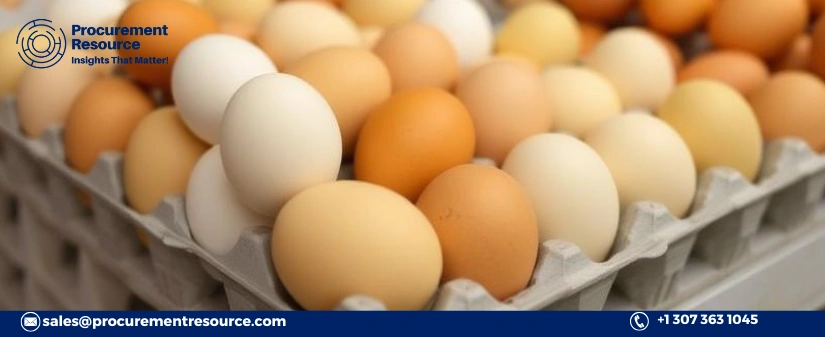Wholesale egg prices have been witnessing a staggering rise in the US

Wholesale egg prices in the US have soared to unprecedented levels as the nation faces a severe bird flu outbreak, raising fears of further price hikes at grocery stores. While broader inflation has shown signs of easing, the sharp rise in egg costs has become a significant concern for consumers. Some retailers have even imposed purchase limits to manage demand, while local restaurants have been forced to increase prices on egg-based dishes, highlighting the widespread impact of the price surge.
According to data from the US Bureau of Labor Statistics, the average retail price for a dozen large, Grade A eggs reached approximately USD4.15 in December, marking a dramatic increase from previous years. The primary cause of this spike is a highly contagious strain of avian influenza, or bird flu, which has devastated poultry populations and disrupted the egg supply chain. The disease, which is particularly lethal to chickens, has led to the culling of millions of infected birds on commercial egg farms to prevent further spread, significantly reducing egg production.
In 2024 alone, over 40 million egg-laying chickens were lost, accounting for roughly 13% of the national total. This has caused shell egg inventories to fall 15% to 16% below the five-year average, creating a significant supply shortage. The situation worsened in the fourth quarter of 2024, when nearly 22 million chickens perished, compounding the supply shock just as demand for eggs surged during the winter holiday season—a period when eggs are heavily used in baking and festive cooking.
Wholesale egg prices have skyrocketed to levels three to four times higher than they were a year ago, reflecting a rapid and substantial increase. However, the impact of these wholesale price hikes may vary for consumers depending on where they shop. Large national retailers are better positioned to absorb the higher costs. These retailers often rely on fixed-price contracts for egg supply, which provide some stability against market fluctuations, or they may offset the increased costs through stronger profit margins on other products.
On the other hand, smaller, independent retailers face greater challenges. Without the same economies of scale, these businesses are more likely to pass the higher costs directly on to consumers. For these retailers, maintaining profitability often requires quicker adjustments to prices in response to wholesale increases, leaving their customers more exposed to the rising costs.
Read More About Eggs Production Cost Reports - Get Free Sample Copy in PDF
The bird flu outbreak has created a perfect storm for the egg market, with supply shortages and heightened demand driving prices to record highs. As the situation continues to unfold, consumers, retailers, and restaurants alike are bracing for the potential of even higher prices in the months ahead. The crisis underscores the fragility of the food supply chain and the far-reaching consequences of disruptions in agricultural production.

